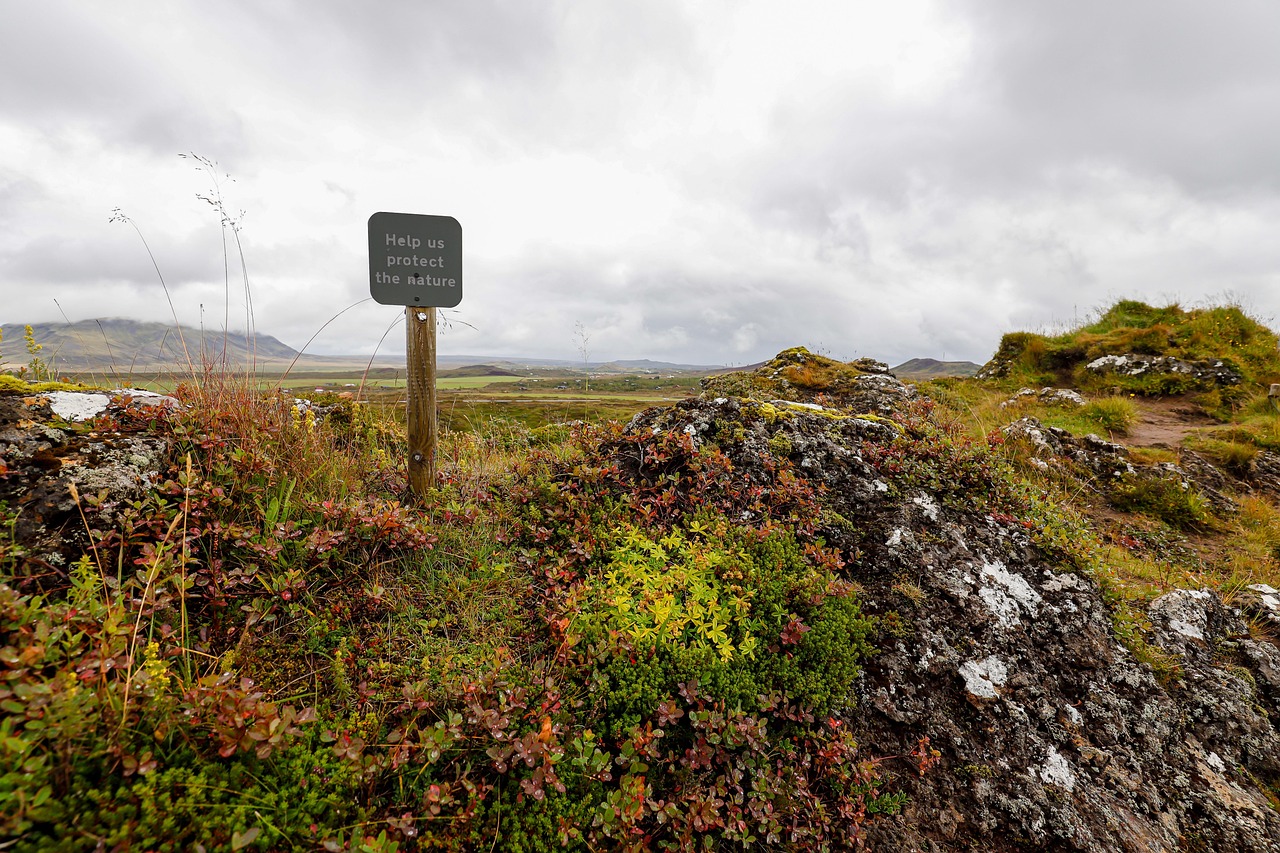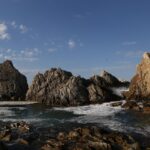Great Basin – Water Cycle Solutions explained
Climate Change Impacts, etc…
The Great Basin’s Water Puzzle: Solving the Drought
Understanding the Challenge:
The Great Basin, a vast region in the western United States, is experiencing a severe water shortage due to climate change. This is a major challenge for the environment and the people who live there.
The Growing Crisis:
- Climate Change: Rising temperatures and altered precipitation patterns are leading to less snowpack and more evaporation, reducing the amount of available water.
- Population Growth: An increasing population puts additional strain on water resources, making the problem even more critical.
- Over-Extraction: Excessive use of water for agriculture, urban development, and other purposes is depleting groundwater supplies.
The Water Cycle: A Delicate Balance:
The Great Basin’s water cycle is a complex system that relies on:
- Precipitation: Rain and snow are the primary sources of water.
- Snowpack: Winter snowfall provides a crucial water reserve that melts in the spring and summer.
- Evaporation: Water evaporates from the ground, lakes, and rivers, returning to the atmosphere.
Finding Solutions:
Here are some ways to address the water shortage in the Great Basin:
- Water Conservation: Reduce water usage in homes, businesses, and agriculture through efficient practices.
- Water Reuse: Treat and recycle wastewater for agricultural and urban purposes.
- Groundwater Management: Develop sustainable strategies for managing groundwater levels to avoid over-extraction.
- Investing in Technology: Explore innovative technologies for desalination, rainwater harvesting, and drought-resistant crops.
- Collaborative Efforts: Foster partnerships between government agencies, communities, and researchers to develop and implement solutions.
A Brighter Future:
By understanding the challenges and adopting smart solutions, we can ensure a sustainable future for the Great Basin’s water resources and preserve them for generations to come.
The Great Basin’s Water Puzzle: Solving the Drought
TL;DR: The Great Basin, a huge area in the western United States, is facing a serious water shortage due to climate change. This is making it harder for people and nature to survive. Scientists and organizations are working to find ways to conserve water and make sure there’s enough for everyone.
A Sea of Sand and Mountains: The Great Basin
The Great Basin is a vast, dry region covering parts of Nevada, Utah, Oregon, California, and Idaho. It’s known for its rugged mountains and wide-open deserts. But the Great Basin has a secret: it’s actually a giant “basin” that doesn’t drain into the ocean. Think of it like a giant bathtub with no drain.
The Great Basin’s Water Cycle: A Balancing Act
The Great Basin’s water cycle is a delicate dance between rain, snow, and evaporation. Here’s how it works:
- Rain and Snow: The Great Basin’s mountains capture precious moisture from storms in the form of rain and snow. This water is like a lifeblood for the region.
- Melting Snow: As the weather warms, the snow melts, feeding rivers and streams that flow through the desert.
- Evaporation: With the hot sun beating down, a lot of the water evaporates back into the air, leaving behind dry land.
The Growing Crisis: Water Shortages in the Great Basin
The Great Basin is facing a big problem: water shortages. Here’s why:
- Climate Change: As the world gets hotter, the Great Basin is seeing less rain and snow, making the water cycle even more delicate. This leads to drier conditions, and less water for people and nature.
- Population Growth: More people are moving to the Great Basin, putting even more pressure on the already scarce water resources.
- Overuse: People are using water faster than nature can replenish it, putting a strain on the system.
Solving the Water Puzzle: Solutions for the Great Basin
Thankfully, people are working hard to solve the water shortage crisis. Here are some ways they’re doing it:
Conserving Precious H2O:
- Water-Saving Appliances: Using water-efficient appliances like washing machines and toilets helps to use less water.
- Smart Irrigation: New technology helps farmers use less water to grow their crops, saving water for other uses.
- Landscaping with Native Plants: Desert-adapted plants need less water to thrive, so using them in gardens helps conserve water.
New Ideas for Water Management:
- Reusing Water: Treated wastewater can be reused for irrigation and other purposes, stretching the water supply.
- Desalination: Turning salty ocean water into fresh water is a possible solution, but it’s expensive and energy-intensive.
Policies for the Future:
- Water Conservation Policies: Governments can pass laws that encourage people to use less water, such as setting limits on water use.
- Investing in Water Infrastructure: Improving the systems that transport and store water can help make sure water reaches where it’s needed.
Active Climate Rescue: Making a Difference
One organization that’s making a difference in the Great Basin is the Active Climate Rescue Initiative. This group is dedicated to finding solutions for the water shortage crisis, using innovative technologies and working with communities.
A Bright Future for the Great Basin
The Great Basin’s water shortage is a serious problem, but by working together and using smart solutions, we can make sure there’s enough water for future generations. By conserving water, using new technologies, and making smart decisions, we can turn the water puzzle into a success story.
More on Great Basin – Water Cycle Solutions…
- ## SEO Keywords: Great Basin – Water Cycle Solutions & Climate Change Impacts
- General:
- Great Basin water cycle
- Water cycle in the Great Basin
- Climate change Great Basin
- Climate change impacts Great Basin
- Great Basin water resources
- Drought in the Great Basin
- Water scarcity Great Basin
- Sustainable water management Great Basin
- Water conservation Great Basin
- Climate change adaptation Great Basin
- Specific Issues:
- Snowpack decline Great Basin
- Groundwater depletion Great Basin
- Lake level decline Great Basin
- Wildfire risk Great Basin
- Invasive species Great Basin
- Agriculture water use Great Basin
- Urban water use Great Basin
- Water quality Great Basin
- Ecosystem health Great Basin
- Water infrastructure Great Basin
- Solutions:
- Water conservation technologies Great Basin
- Water recycling Great Basin
- Water reuse Great Basin
- Drought-tolerant plants Great Basin
- Water-efficient landscaping Great Basin
- Water infrastructure improvements Great Basin
- Climate change mitigation Great Basin
- Adaptation strategies Great Basin
- Water policy Great Basin
- Community engagement Great Basin
- Target Audience:
- Researchers Great Basin water cycle
- Water managers Great Basin
- Policymakers Great Basin
- Environmentalists Great Basin
- Landowners Great Basin
- Residents Great Basin
- Businesses Great Basin
- Farmers Great Basin
- Ranchers Great Basin
- Native American tribes Great Basin
- Long-tail Keywords:
- How climate change is affecting the Great Basin water cycle
- The impact of drought on Great Basin ecosystems
- Solutions for water scarcity in the Great Basin
- Water conservation techniques for the Great Basin
- Climate change adaptation strategies for the Great Basin
- The role of water policy in addressing climate change in the Great Basin
- How to reduce your water footprint in the Great Basin
- Water management challenges in the Great Basin
- The future of water resources in the Great Basin
- Other:
- Great Basin water cycle research
- Great Basin water cycle studies
- Great Basin water cycle data
- Great Basin water cycle monitoring
- Great Basin climate change impacts research
- Great Basin climate change impacts studies
- Great Basin climate change impacts data
- Great Basin climate change impacts monitoring
- Please note:** This is not an exhaustive list, and many other keywords could be used. It’s also important to consider the specific needs of your target audience and the purpose of your content when choosing keywords.




